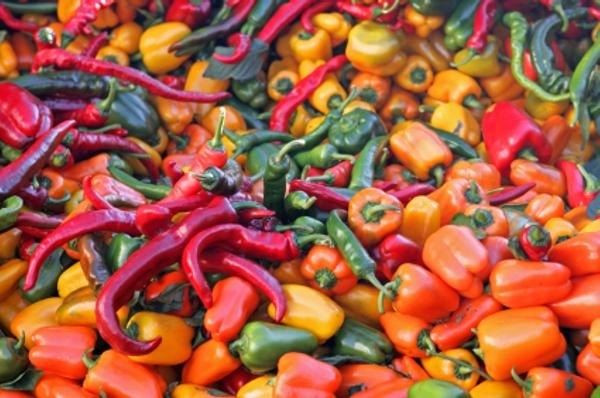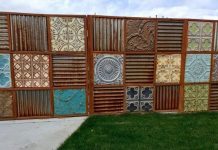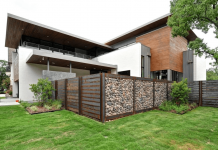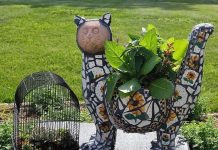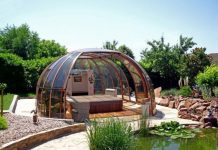Gardening itself is a well-received and widely embraced concept, especially in a world where carbon footprints are looked up to, while food wastage is frowned upon. Organic gardening is a newly rising trend, where one can grow the plants and crops of their liking in a controlled, environmental and ecologically friendly way. Fresh produce is not only healthy but when you grow it with love, sweat and blood with your own hands it has a different meaning entirely. But while it is a wonderful concept, with the rising space constraints of our world, to have a personal garden of your own is not a feasible choice for everyone. A helpful connotation of the gardening genre, indoor gardening has is now running parallel with the concept of having a garden of your very own. It is a relatively straightforward concept which can not only brighten up your interior space, but also caters to the functional and pragmatic aspect of societal appreciation. You can have your very own, personally grown fresh produce with minimal effort and strategic allocation of space. So today, we will be discussing seven easy vegetables and herbs to grow indoors.
1. Green Onions
These are one of the easiest vegetables to grow indoors green onions can be sprouted in either of two ways. You can grow them inside a pot, in which case you fill a terra cotta planter with soil and proper composting – usually in alternating layers – and plant the seeds. With proper care and careful appropriation of nutrients, strategic watering and sufficient time in a sunlit area, these will sprout up in no time at all. Indoor gardening can be very rewarding when you use the fruits of your labor. Another way to plant green onions indoors is to take the last inch of already grown stems and put it inside a jar of water. Keep filling with water when it gets low and you can cut as needed.
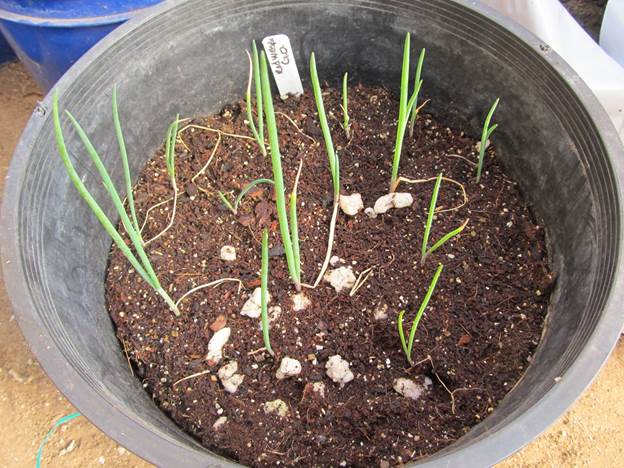
2. Basil
When it comes to indoor gardening herbs are a very good way to start. They are easy to grow and aesthetically pleasing to look at. When you decide on planting basil, all you have to do is get a suitable planter and sow the seeds. In the process of growing, the basil herb needs a lot of sunlight, so make sure you put it in a place – notably a window and skylight closed – where it gets at the very least four hours of direct sunlight a day. If you are sporadic in your watering, it might wilt, so be careful in that aspect. You would also have to pluck the ripe flowers before they turn bitter.
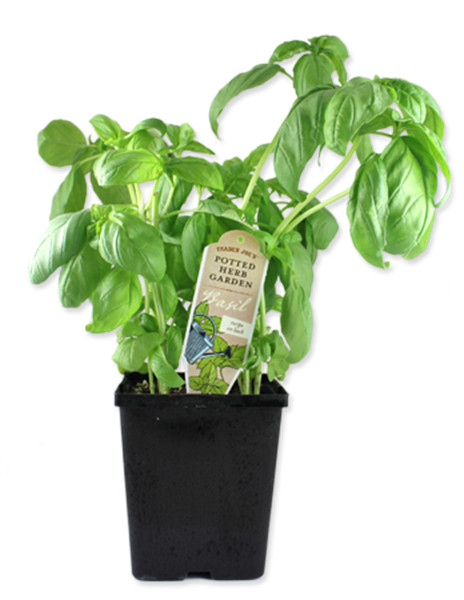
3. Tomato
Tomatoes traditionally do not grow as successfully as they do in the outsides. The major reason for this discrepancy is because a tomato plant usually depends on a lot of sunlight to grow properly. When you grow a tomato seed in indoor gardening practices, you should always place the container on a south facing window so it gets an ample amount of sunlight. Shadowing might hinder the growth of your plants, but rest assured you will have plentiful tomatoes to enjoy, even in the off season.
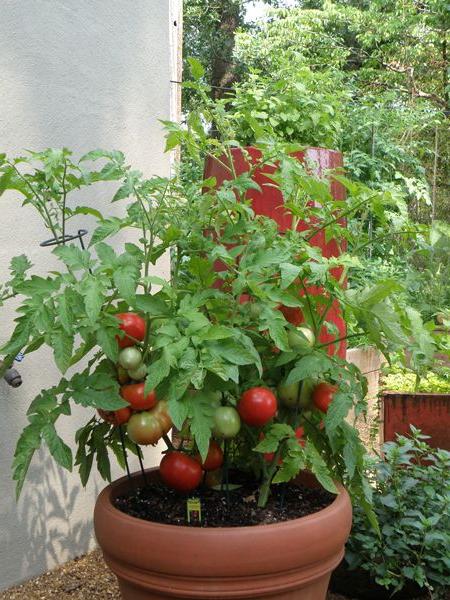
4. Radishes
One of the easiest vegetables to grow in the indoor gardening concept. When you plant radishes make sure that your container is sufficiently wide – preferably fourteen inches or more – and significantly deep. Radishes are root vegetables and need depth and width to bloom properly. They get ready within a considerably lesser amount of time, given they receive proper care nutrition.
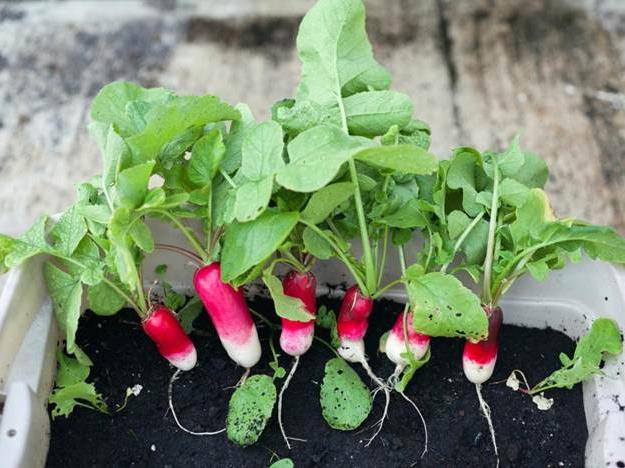
READ ALSO: 8 Vegetables That you Can Grow Inside Your Home
5. Lettuce
Lettuce is a universal complementary vegetable. It can be easily grown both in the outdoors as well as the indoors. When you start indoor gardening, starting from the basics like lettuce might be a good option. Note that a lettuce plant needs ample amount of sunlight to bloom properly, so put it in a south facing window where it gets an abundance of sunrays. These should be planted in containers that are no less than half a gallon. The best varieties that would thrive in your indoor garden would be arugula, microgreens and swiss chard.
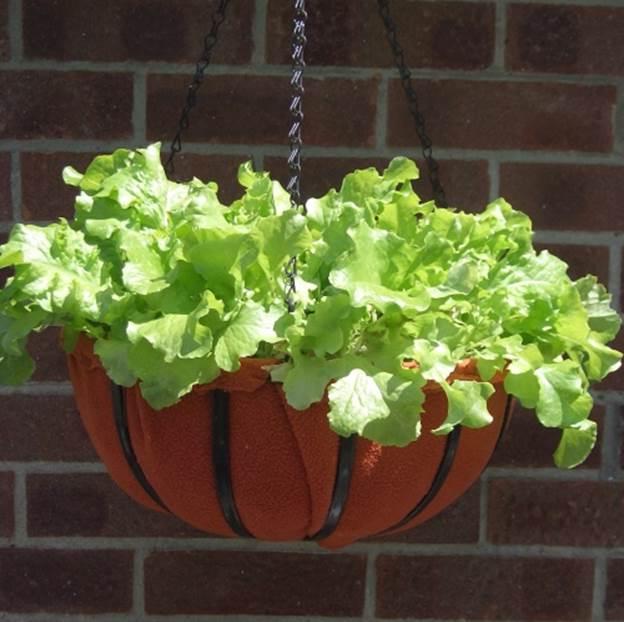
6. Parsley
As like most edible plants, parsley needs an ample amount of sunlight so you have to place it on a south facing window where it gets at least six to eight hours of sunlight each day. Watering schedule for parsley also needs to be rigid – you have to let the soil dry before dampening it up again. This plant can grow in a container that is relatively small – less than ten inches.
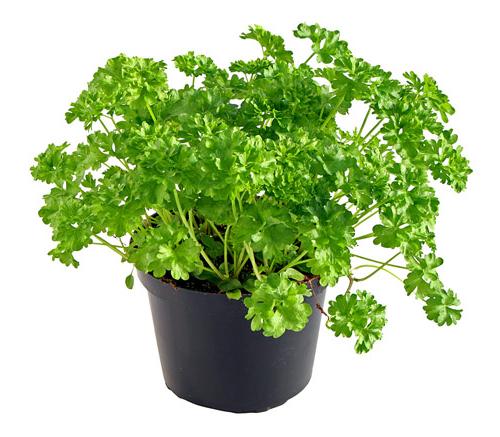
READ ALSO: Beginners Guide: How To Start Vegetable Garden
7. Peppers
These are easy to grow in an indoor garden setting. The container has to be a bit larger – possibly between three to five gallons in order to properly accommodate their growth. But given the right amount of sunlight and proper watering schedule, you will have a year round supply of the evergreen peppers.
